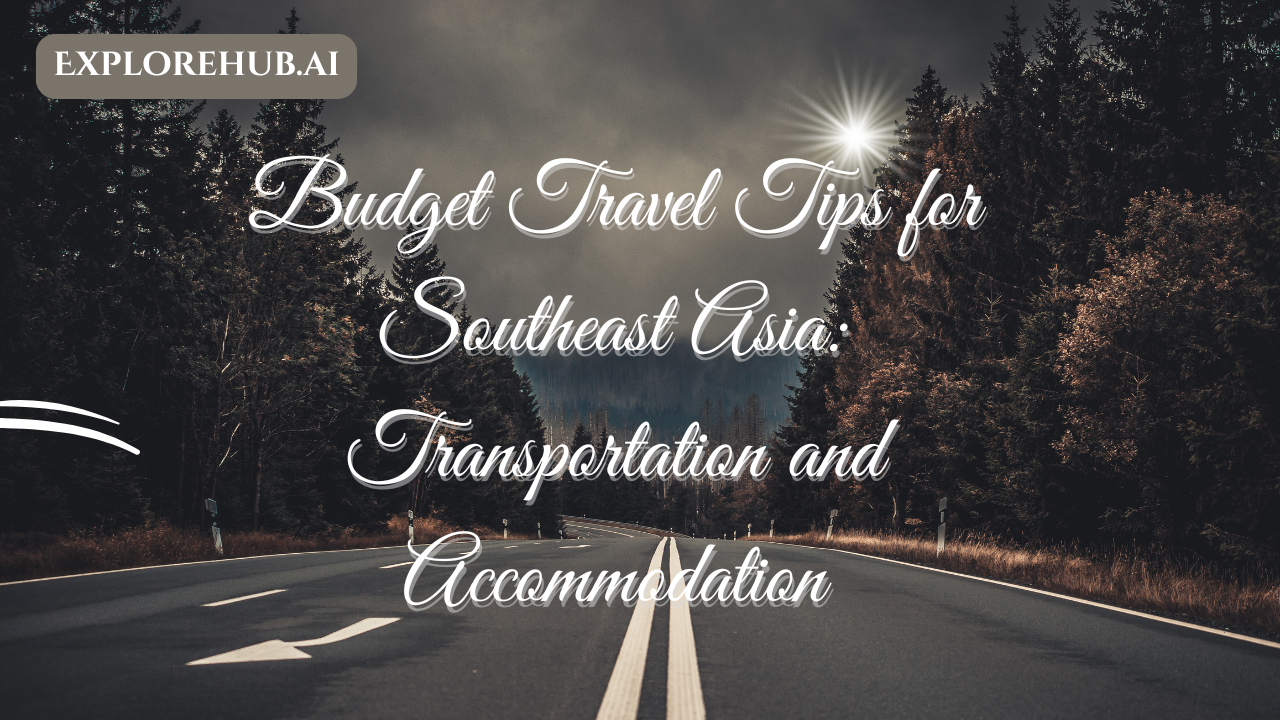For those on a tight budget, Southeast Asia is a gold mine. With its stunning beaches, rich history, and diverse cultures, it’s no wonder it’s a favorite among backpackers. But to truly enjoy the experience without breaking the bank, careful planning for transportation and accommodation is key.
Table of Contents
Pre-Travel Preparation

Research and Planning
Before you pack your bags, research is your best friend. Decide on countries that fit your budget—Thailand, Vietnam, and Indonesia are great choices. Craft a loose itinerary, but stay flexible to accommodate spontaneous adventures.
Setting a Budget
Estimate daily expenses for each country. For example, $25–$50 per day in Vietnam can cover food, transport, and lodging. Allocate funds for splurges like island tours or cultural experiences.
Transportation Tips in Southeast Asia
Flights
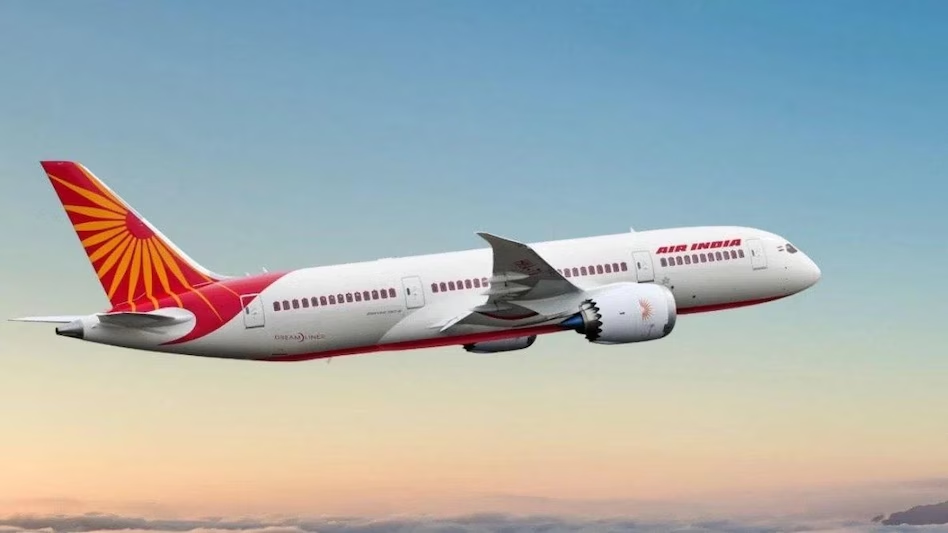
Budget airlines like AirAsia and Scoot make flying affordable. Use flight comparison sites like Skyscanner to snag deals, and book early for the best prices.
Trains and Buses

Trains in Vietnam and Thailand offer scenic routes and are often more comfortable than buses. For longer distances, sleeper buses are an economical and time-saving option.
Motorbike Rentals

Explore local areas on a rented motorbike for as little as $5–$10 a day. Remember to check local traffic laws and always wear a helmet.
Ride-Hailing Apps and Taxis
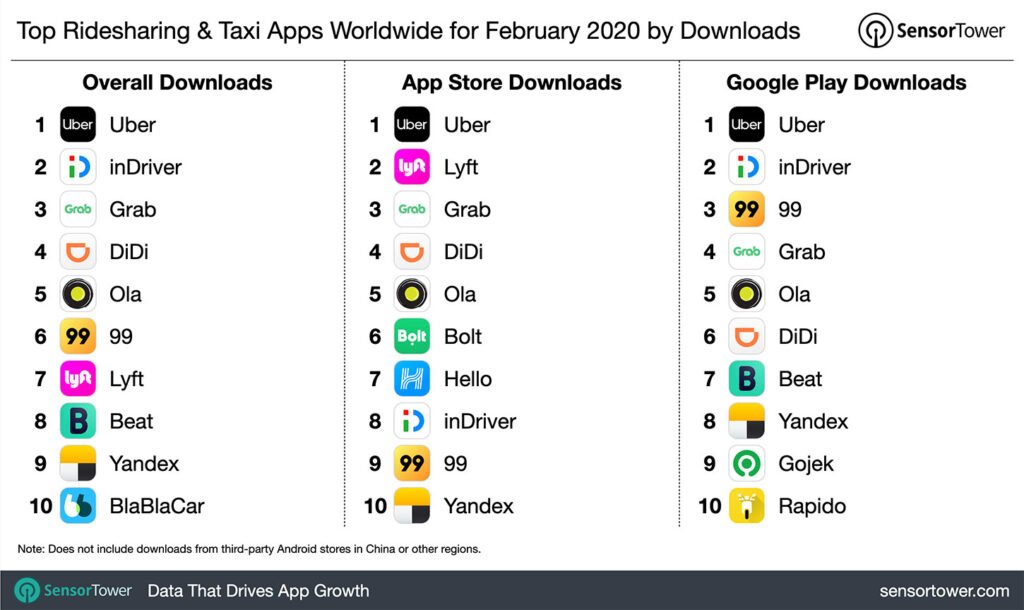
Grab and Gojek are lifesavers for cheap, reliable rides. If using local taxis, always agree on a fare beforehand or insist on using the meter.
Ferries and Boats
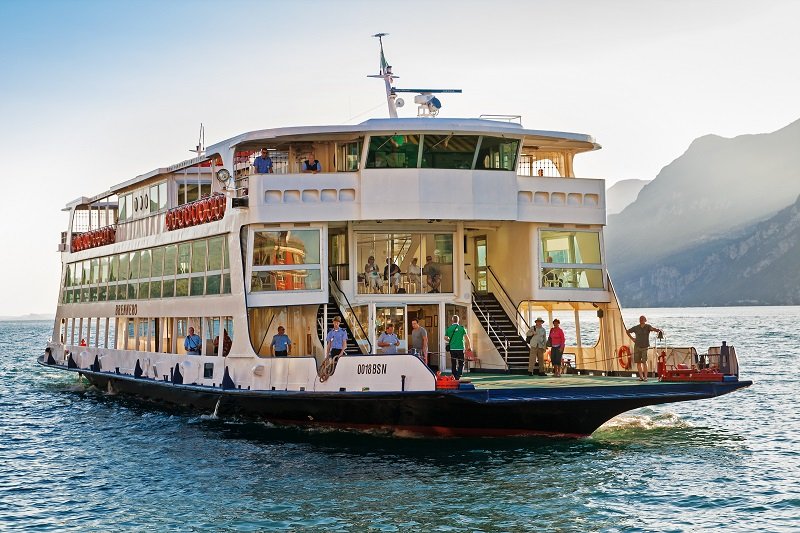
Island hopping doesn’t have to be pricey. Look for local ferry operators instead of touristy packages, and book directly for the best rates.
Budget-Friendly Accommodation
Hostels and Guesthouses
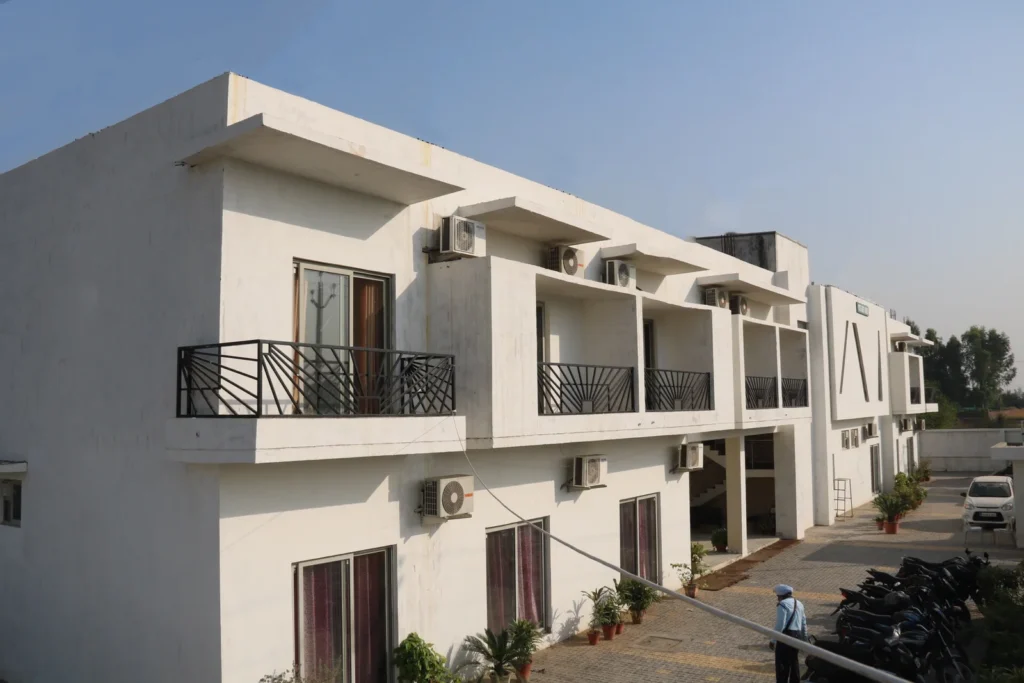
Hostels are not just affordable but also a great way to meet fellow travelers. Guesthouses provide privacy at a fraction of the cost of hotels.
Couchsurfing and Homestays

Stay with locals through Couchsurfing for free. Homestays offer a deeper cultural immersion and are often cheaper than hotels.
Booking Platforms and Discounts
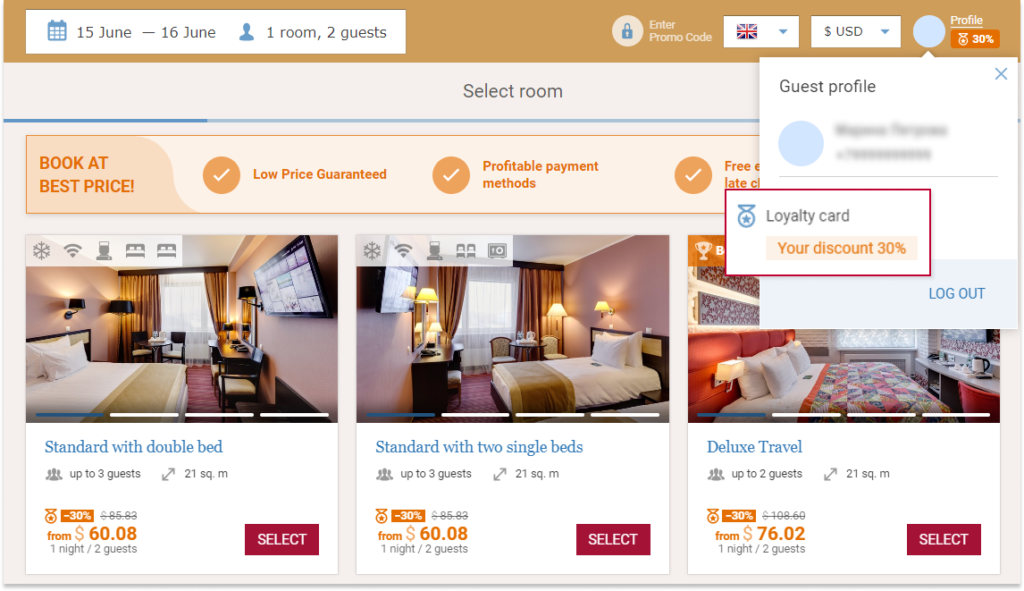
Apps like Agoda and Hostelworld can help you find discounts. Book last-minute deals for even lower prices, especially during the off-season.
House-Sitting and Volunteering

Consider house-sitting or volunteering through platforms like Workaway. These opportunities let you stay for free while experiencing local life.
Travel Hacks for Saving More
Traveling During the Off-Season
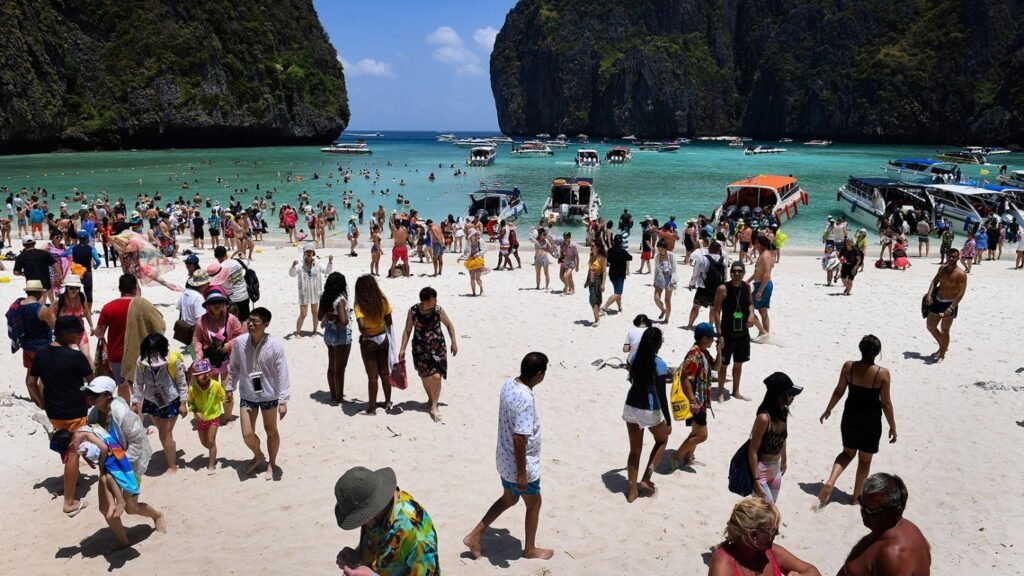
The off-season means fewer crowds and cheaper prices. While you may face some rain, it’s usually brief and manageable.
Combining Transport and Lodging
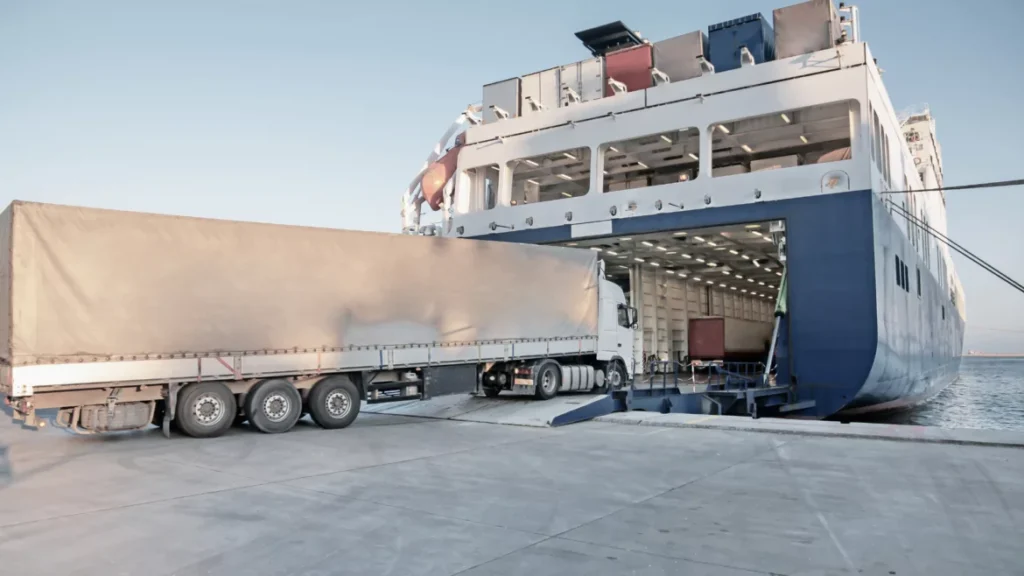
Save on a night’s stay by taking overnight trains or buses. Budget cruises often include lodging, making them a great two-in-one deal.
Cultural Tips for Better Deals
Negotiation Skills
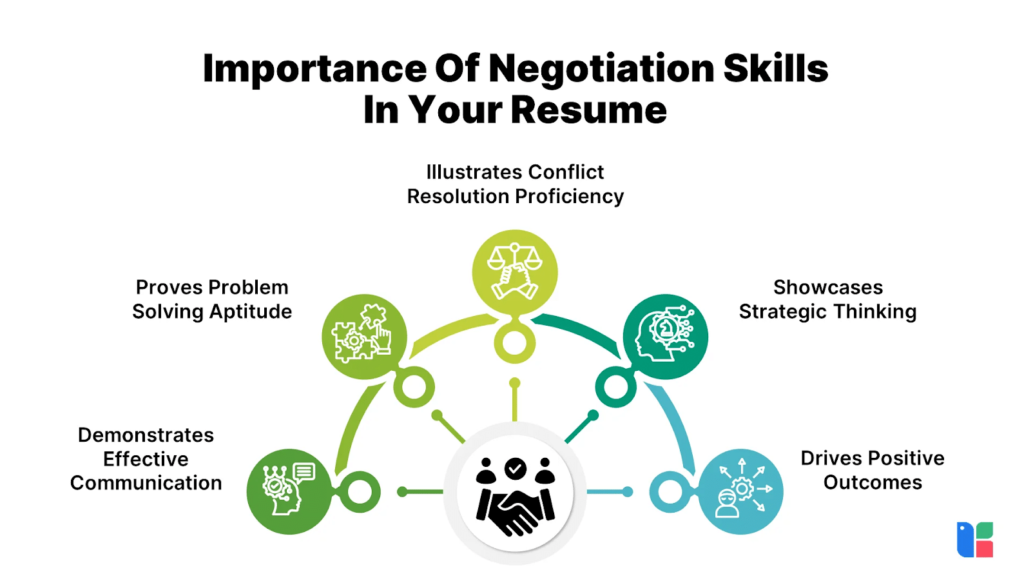
In local markets, haggling is usual, but always show respect. Aim for half of the asking amount at first, then compromise.
Building Local Connections
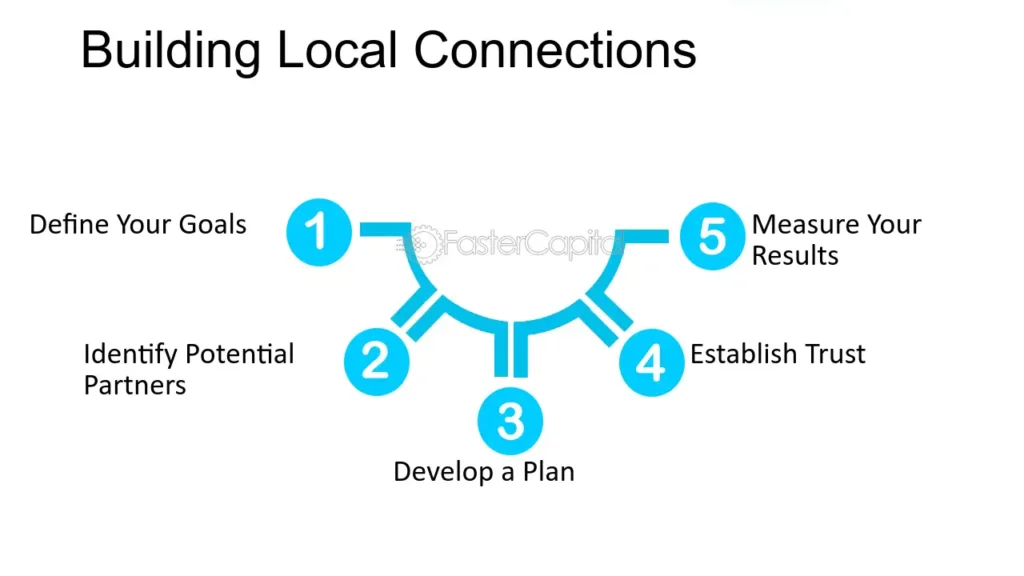
Locals can offer priceless tips and direct you to affordable options. Join community events or festivals to mingle and learn.
Also visit:
Top 10 Weekend Getaways in California for Adventure Seekers
Romantic Weekend Getaways in California for Couples
Explore Beyond Rome and Venice: Hidden Gems in Italy
Hidden Gems in Italy: Your Guide to Offbeat Adventure
Hidden Germs in Italy: Unique and Undiscovered Places
The Best Beaches in Florida for Nature Lovers
Conclusion
Traveling Southeast Asia on a budget is not only possible but also incredibly rewarding. With smart planning and a few hacks, you can experience this vibrant region without breaking the bank. So pack light, plan well, and get ready for the adventure of a lifetime!

